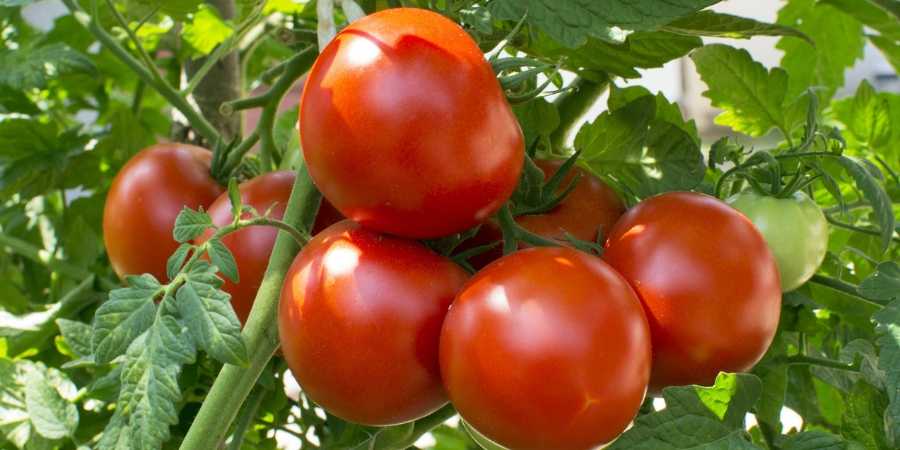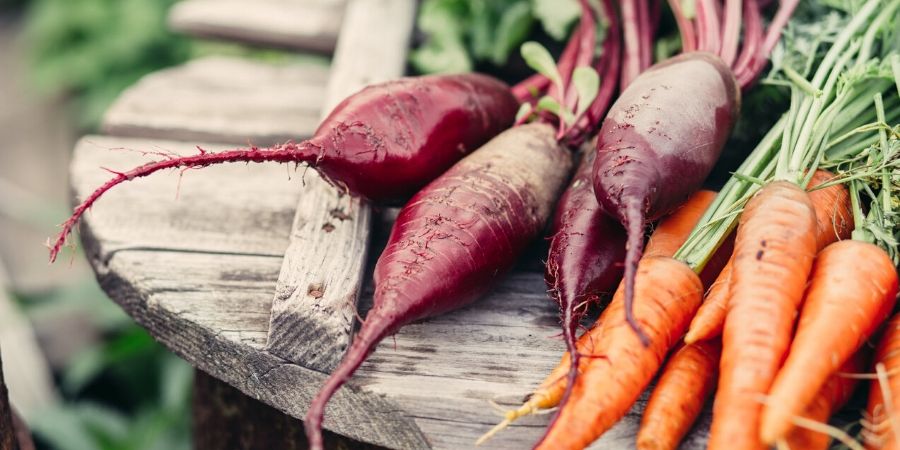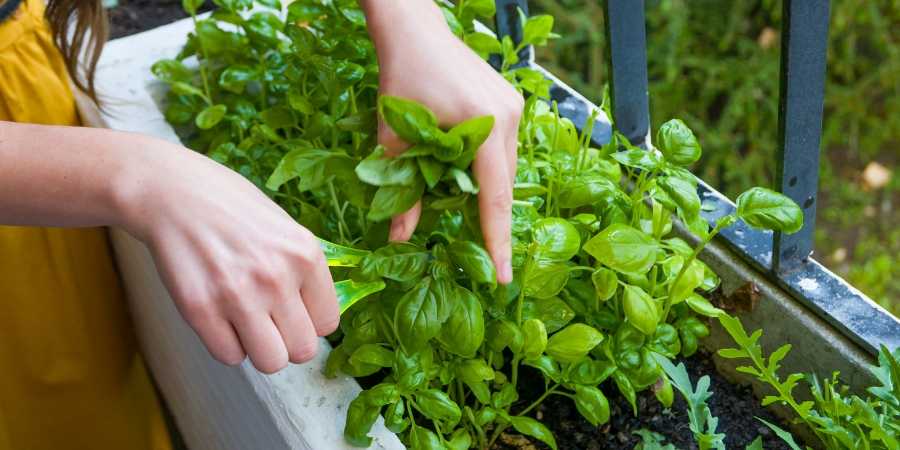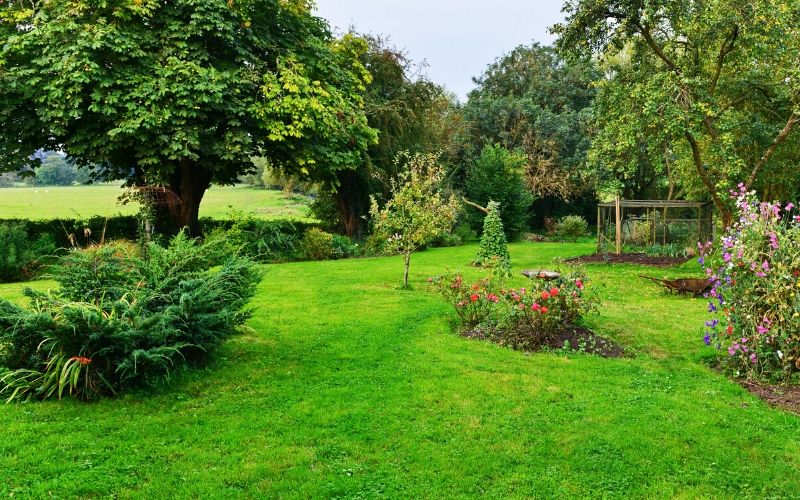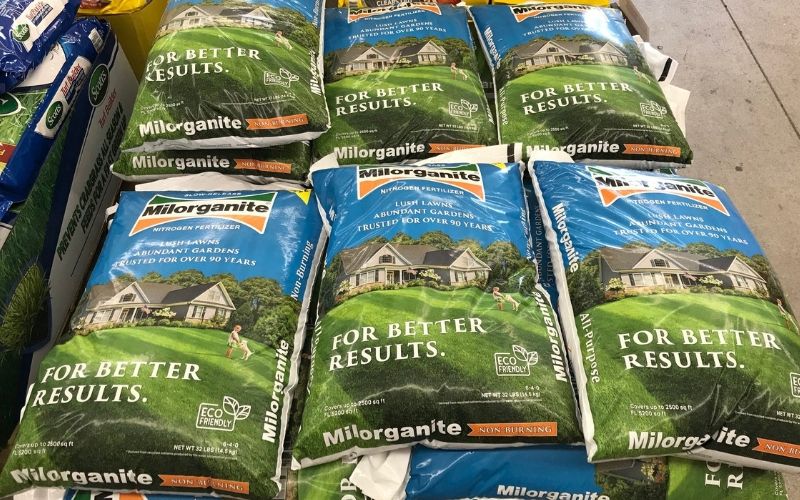Vegetable Application Rates

Vegetable Gardens
Mix Milorganite® into the soil to the rooting depth prior to planting and then again halfway through the growing season. Also add 2-3 inches of organic matter (compost) to your soil, and mulch around plants to combat weeds and conserve water.
| When to Apply | Application Rates | Suggested Application |
|---|---|---|
| Prior to planting | 4 ½ lbs per 50 sq ft or 1/2 cup per plant | Mix into soil to rooting depth. |
| Halfway through growing season | 4 ½ lbs per 50 sq ft or 1/2 cup per plant | Work into soil, between planted rows, to revitalize your vegetables. |
Conversion: 3 cups Milorganite = 1 pound
Growing Tomatoes
Plant tomatoes deeply and add support when branches begin to flower to keep fruit off the ground. Fertilize again with Milorganite when the tomatoes flower. For more tips on growing great tomatoes.
Herb Gardens
Most herbs are considered to be “light-feeders”, they do not require much fertilizer. Milorganite’s slow release, salt free formula is ideal for herb gardening. Apply every six to eight weeks. For best performance gently work Milorganite into top 1 inch of soil.
Root Crops
Root crops (potatoes, carrots, beets, onions, turnips, etc.) tend to require high amounts of potassium for best yields and quality. Contact your local garden center for advice on supplementing Milorganite with this nutrient.
Garden Articles
Garden Videos
Related Garden Tips
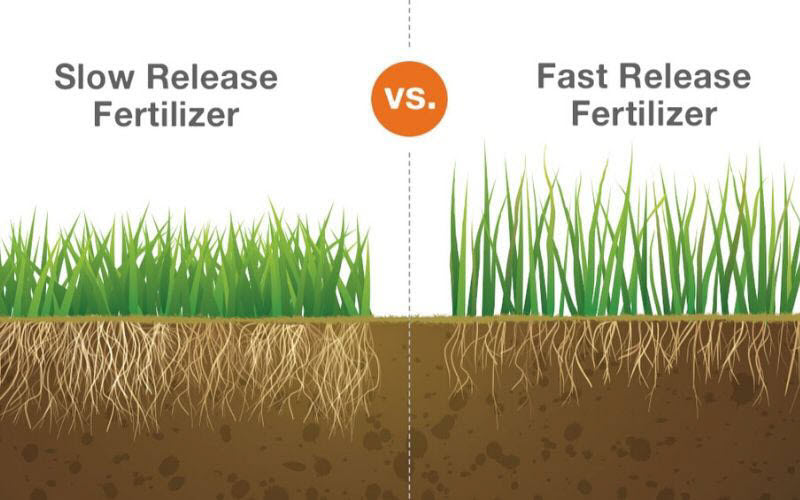
Organic vs. Synthetic Fertilizer
Learn the differences and benefits of organic and synthetic fertilizers.

Fruit and Vegetable Application Rates
Learn how much Milorganite to apply to your fruits and vegetables.

